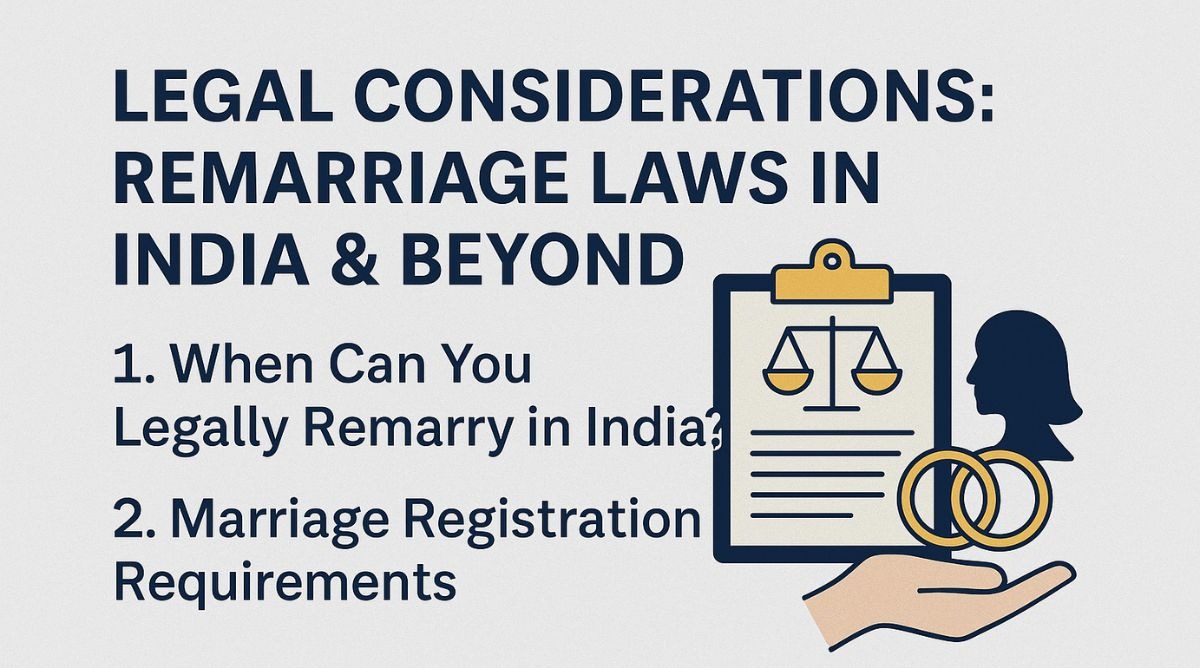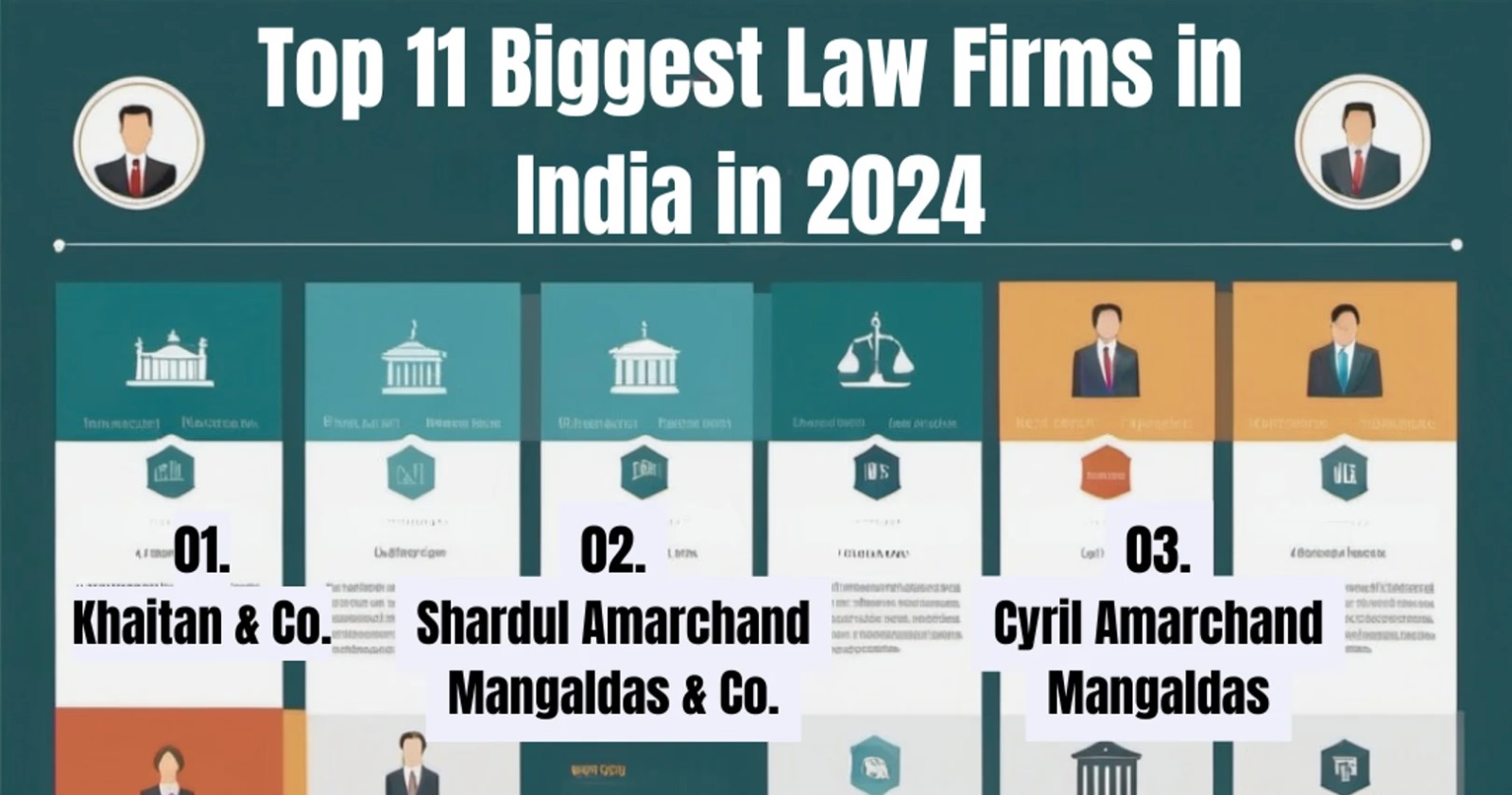Ranjit Singh, J.@mdashOn 30.12.2009, the respondent-State appointed 15 persons as Members of Market Committee, Sherpur, District Sangrur. The petitioner was appointed as a Chairman of the Market Committee and since then he had been working as such. In July 2011, some differences are stated to have arisen between the petitioner and some leader of the ruling party, Incharge of the Constituency. The application was filed by Members of the Committee to Secretary, Market Committee, Sherpur, who then issued a letter dated 6.7.2011, fixing emergency meeting of the Market Committee for 8.7.2011. In this meeting, 14 members participated. Five members out of these voted against the no confidence motion moved to remove the petitioner whereas nine members cast their votes in favour of no confidence motion. As per Section 16(2) of the Punjab Agriculture Produce Markets Act, 1961 (hereinafter referred to as "the Act"), 2/3rd majority of members is required to pass a valid no confidence motion. The petitioner would contend that out of strength of 15 members, only 9 members had voted in favour of no confidence motion and five against the same, which, according to him, would not constitute 2/3rd majority and, thus, this no confidence motion is liable to be set-aside on this ground. On 11.8.2011, the Punjab Mandi Board issued a letter confirming that said no confidence motion was not passed by 2/3rd majority and the order vide which the petitioner was removed was totally illegal and liable to be set-aside.
2. In addition, the application, which was moved on 6.7.2011 to take up no confidence motion, was fixed for 8.7.2011 just after 2 days. This was in violation of Section 5 of the Punjab Market Committee by-laws, which required a clear 7 days notice, for holding a meeting. The issue of no confidence motion would not fall under bye-law 4 to hold an emergency meeting. Accordingly, the petitioner has filed this petition to impugn the no confidence motion, which was stated to have been carried against the petitioner.
3. Notice of motion was issued.
4. Separate written statements filed by respondent Nos. 2 and 4 and respondent Nos. 5 to 14.
5. There is not much dispute so far as facts in this case are concerned. However, respondent Nos. 2 and 4, in their reply, have raised a preliminary objection that the petitioner has an alternative remedy of filing a revision u/s 42 of the Act. Though not so averred in the reply, counsel for respondent Nos. 2 and 4, during the course of arguments, has further urged that the petitioner would have a right of appeal u/s 33 of the Act.
6. Counsel appearing for respondent Nos. 5 to 14 has also relied upon the preliminary objection about the alternative remedy being available to the petitioner. In addition, he also submits that there was no requirement of seven days notice as it was an emergency meeting, which could be summoned without giving notice of seven days notice.
7. The first ground of challenge to this ''No Confidence Motion'' is that this resolution was passed by less than 2/3rd majority and hence, was not valid or legal. Section 16 of the Act regulates the procedure and process to pass a no confidence motion. As per this Section, the State Government is to appoint Chairman and Vice Chairman from amongst the members of the Committee. Sub- Section (2) of Section 16 of the Act, then lays down that Committee may, by majority of 2/3rd of total number at any meeting especially convened for this purpose, pass a resolution of removal of any office bearer and any resolution so passed shall be subject to confirmation by the Board. The sole question requiring determination, thus, is whether 9 out of 14 members would constitute 2/3rd majority or not. Concededly, 9 members had voted in support of the no confidence motion whereas 5 had opposed the same. 2/3rd of 14 would work out to be 9.33. The total number of members of the Committee are 15. Even if one member has no right of vote, he would have to be counted as Member of the Committee for the purpose of calculating 2/3rd majority. This is in view of the law laid down by the Division Bench of this Court in Ranjit Singh v. State of Punjab, (1964) 66 P.L.R. 621. While interpreting expression "total number of members", this Division Bench held that expression so used in Section 18 of 1961 Act refers to all members of the Samiti, including associate members and ex-officio members. The Court has gone on to hold that ex-officio members may not be entitled to vote in the meeting but they are entitled to be taken into account in determining two-third strength necessary to pass a resolution for removing a member. Similar is the view expressed in the case of Samiruddin Ahmed v. S.D.O. Mangaldoi and others, AIR 1971 GAU 163.
8. In that event, 2/3rd majority would be 10 members. Even if that is not to be so, 9 members out of 14 would not constitute 2/3rd majority. The question of counting of fraction for the purpose of determining two-third majority has been considered in large number of cases and it has been held that where two-third majority is more than the whole number by fraction, then said fraction cannot be ignored and has to be treated as a whole. In this regard, reference can be made to the cases of Vijay Kumar Saluja v. The Deputy Commissioner, Karnal and others, 1991 P.L.J. 635
9. In view of the above position, the writ petition is bound to succeed on this short ground. I need not devolve upon the allegation of lack of seven days notice for taking up this no confidence motion. The action of the Board, confirming such a resolution, which is not passed by 2/3rd majority, can not be appreciated. The Board should have seen this aspect in view of the law laid down by this Court in large number of judgments noticed above. The writ petition is accordingly allowed. The order passing no confidence motion dated 8.7.2011, Annexure P-3 and the order confirming the same by the Board dated 11.8.2011, Annexure P-4 are set-aside.

